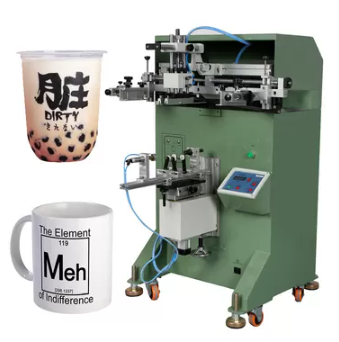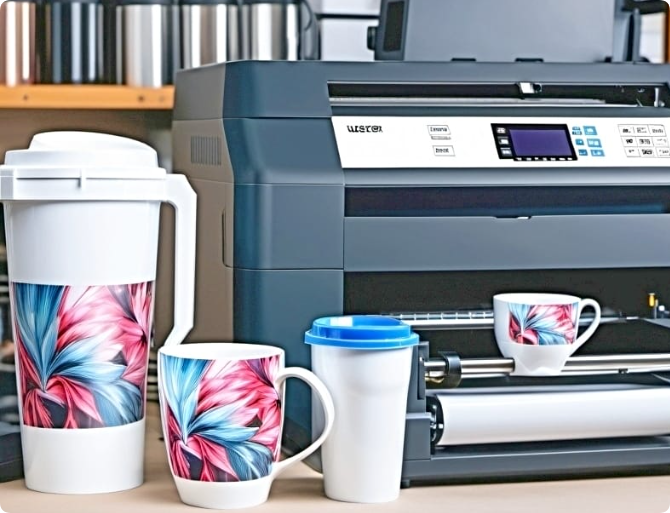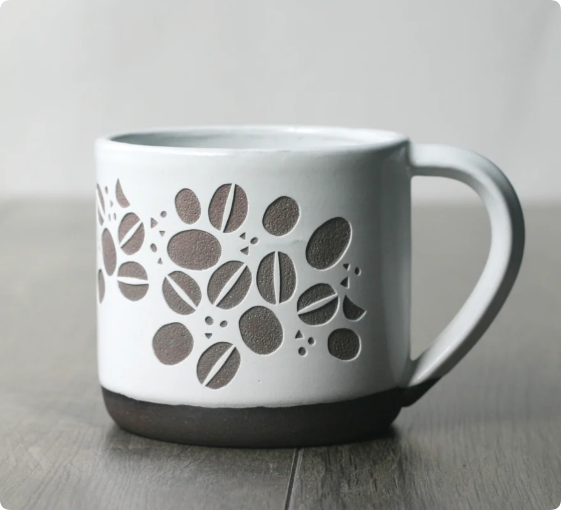For businesses looking to customize mugs for branding, promotional campaigns, or resale, the logo’s size plays a crucial role in aesthetics, visibility, and practicality. As a supplier providing ODM and OEM customization for global supermarkets and small-scale e-commerce buyers, we understand the intricacies of logo design for mugs. In this blog, we will explore the factors determining the ideal logo size, compare common sizing options, and provide practical tips for ensuring the perfect fit for your branding needs.
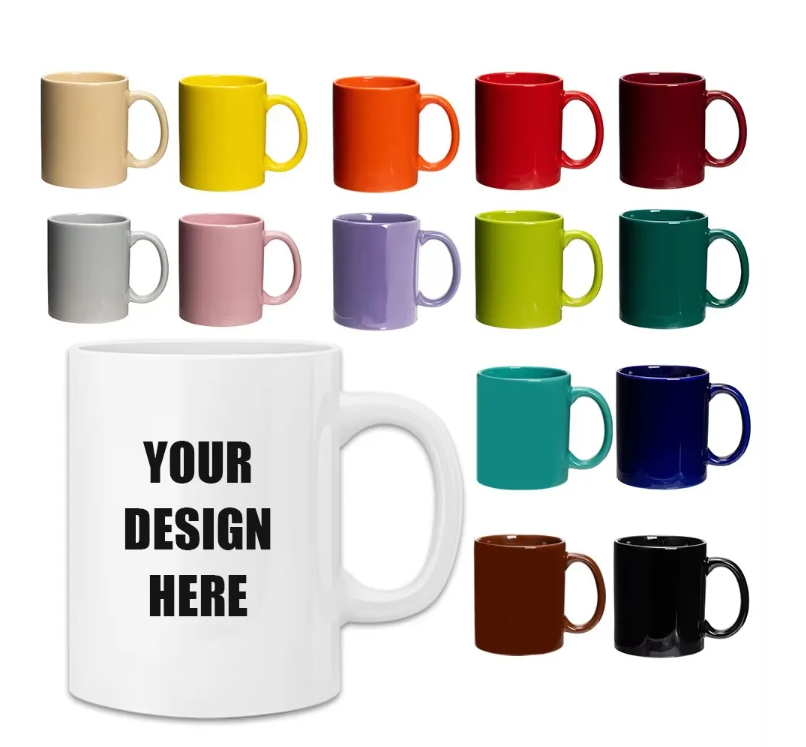
Why Logo Size Matters on a Mug
- Brand Visibility:
The logo’s size impacts its visibility. A small logo might not attract attention, while an oversized one can overpower the mug’s design. - Usability of the Mug:
A mug is a functional item. A logo that’s too large can interfere with the design or create a poor user experience, especially for drinking or holding. - Production Constraints:
Depending on the printing method (e.g., screen printing, sublimation, or engraving), certain logo sizes may be more suitable or cost-effective. - Target Audience Preferences:
Bulk orders for supermarkets may require subtle designs, while promotional giveaways might demand bolder logos to catch the eye.
Recommended Logo Sizes for Different Mug Types
The ideal logo size varies depending on the mug type, its dimensions, and usage context. Here’s a breakdown of common mug types and suggested logo sizes:
| Mug Type | Common Dimensions (Height x Diameter) | Suggested Logo Size (Width x Height) | Ideal Usage |
|---|---|---|---|
| Standard Coffee Mug | 9.5 cm x 8 cm | 5 cm x 5 cm | Office use, general branding |
| Large Mug | 11.5 cm x 9 cm | 6 cm x 6 cm | Promotional gifts, large-volume drinks |
| Travel Mug | 15 cm x 8 cm | 4 cm x 6 cm | Outdoor activities, corporate giveaways |
| Espresso Cup | 6 cm x 6 cm | 2 cm x 2 cm | High-end café branding, minimalistic designs |
| Glass Mug | 9 cm x 8 cm | 4 cm x 4 cm | Elegant logos for upscale events or resales |
Factors to Consider When Choosing Logo Size
1. Mug Shape and Surface Area
- Curved vs. Flat Surfaces: A curved mug may distort larger logos. Keep the design within the flattest part of the mug for best results.
- Surface Limitations: Ensure the logo doesn’t extend too close to the mug’s lip or base, as these areas may not be visible during use.
2. Printing Method
Each printing method has its size constraints and cost considerations:
- Screen Printing: Ideal for logos with fewer colors; recommended sizes are generally under 7 cm x 7 cm.
- Sublimation Printing: Offers full-wrap designs, allowing larger logos or patterns.
- Engraving: Works best with smaller, minimalistic designs.
3. Brand Aesthetics
The logo should complement the mug’s overall design. Bold and colorful logos suit promotional mugs, while subtle, engraved logos are perfect for corporate gifts.
4. Target Market Preferences
- Supermarkets: Prefer standardized sizes for consistent branding across bulk orders.
- E-commerce Sellers: Flexible sizing to cater to niche audiences or seasonal promotions.
How to Sublimate a Mug – Sublimation for Beginners
Designing for Global ODM and OEM Markets
For B2B clients, it’s essential to customize mug logos while adhering to market-specific preferences:
- North America: Bold, eye-catching designs often favored for promotions.
- Europe: Subtle and elegant logos, especially on ceramic or glass mugs.
- Asia: Logos with cultural or seasonal motifs for gifting purposes.
Tips for Efficient ODM/OEM Customization
- Request Mockups: Always visualize the logo on a digital or physical sample before mass production.
- Standardize Templates: For bulk orders, use standardized dimensions to streamline production.
- Adjust for Material Differences: For example, matte ceramic surfaces may require larger logos than glossy ones to maintain visibility.
Use these free tools for creating professional logo designs
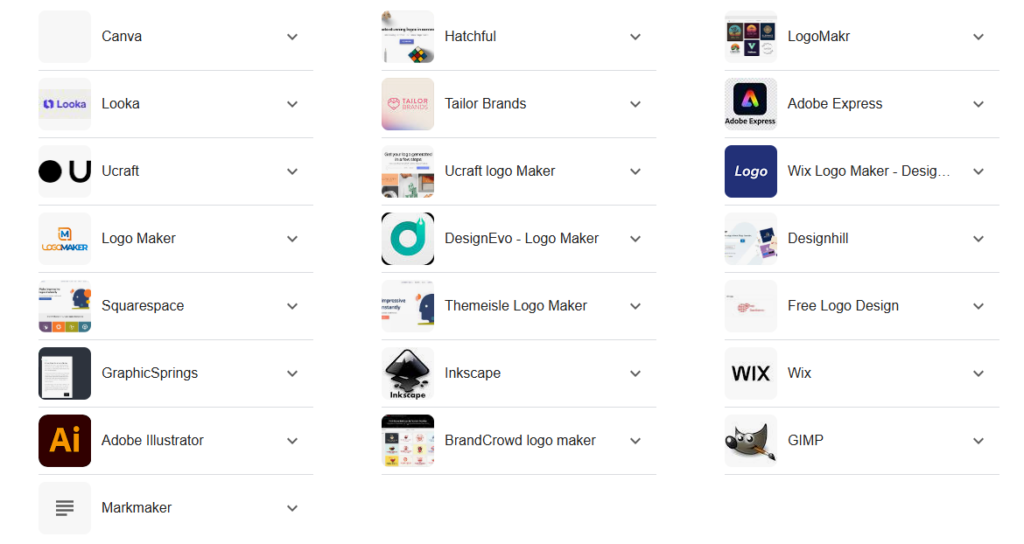
Common Mistakes to Avoid
- Overcrowding the Design: A logo that’s too large or complex may look cluttered and diminish appeal.
- Ignoring Printing Margins: Always account for safe printing zones, especially for curved surfaces.
- Choosing the Wrong Placement: Positioning a logo where it is obscured during use (e.g., near the handle) reduces its effectiveness.
Best Practices for Logo Placement
- Single-Sided Design: The logo is placed on one side, ideal for budget-friendly printing.
- Double-Sided Design: Logos appear on both sides, ensuring visibility from any angle.
- Full Wrap: The design encircles the mug, suitable for dynamic, creative branding.
Conclusion: The Ideal Logo Size
Choosing the right logo size for a mug depends on the mug type, target audience, and branding goals. As a professional ODM and OEM service provider, we offer tailored solutions to meet diverse client needs. Our expertise ensures your logos are not just visible but also impactful.
For large-scale orders or small-batch customization, consult with our design team to achieve optimal results.
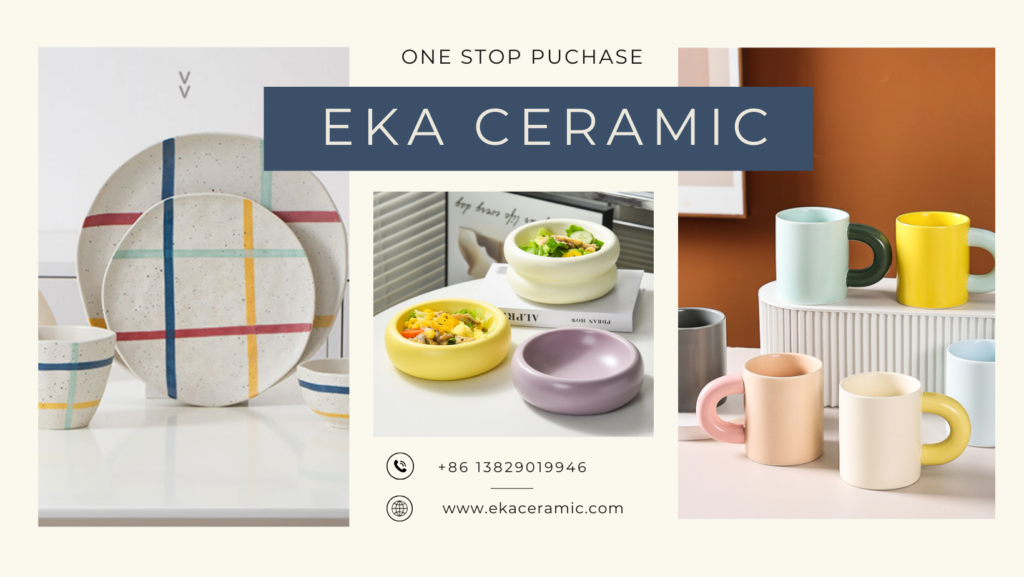
If you’re ready to take your planter business to the next level, reach out to EKA ceramic today for consultation and bulk order opportunities.

